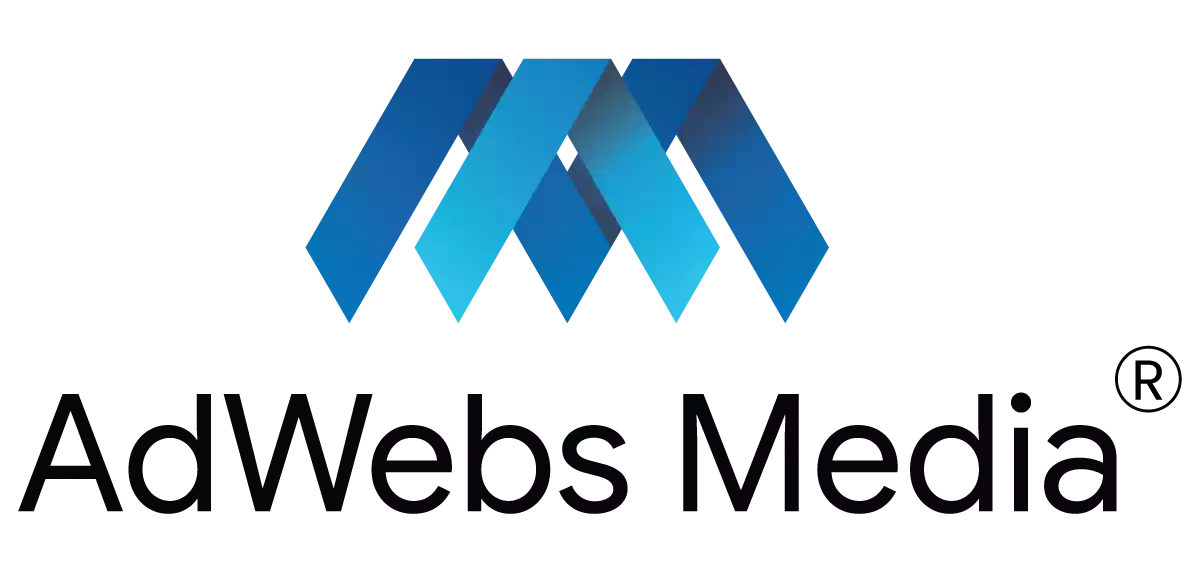
In the world of marketing, two major strategies have emerged as dominant forces: inbound marketing and outbound marketing. Both approaches aim to attract and engage customers, but they differ significantly in their methods and philosophies. Understanding the nuances and benefits of each strategy is crucial for modern businesses seeking effective marketing techniques.
In this article, we will provide a detailed exploration of inbound marketing and outbound marketing, comparing their key features, advantages, and considerations.
What is Inbound Marketing vs Outbound Marketing?
Inbound marketing and outbound marketing represent two distinct approaches to reaching and engaging customers. Inbound marketing focuses on attracting a targeted audience through valuable content and personalized experiences, nurturing relationships over time. It emphasizes providing value, establishing brand authority, and leveraging data-driven insights to optimize campaigns.
On the other hand, outbound marketing relies on interrupting a broader audience with promotional messages through various channels. It aims to generate immediate visibility and drive quick results. While outbound marketing can be effective for immediate impact, inbound marketing tends to be more result-driven, offering precise targeting, long-term relationship building, and measurable ROI through sustained engagement and valuable content.
Let’s understand in deep
What is Inbound Marketing?
Inbound marketing is a customer-centric approach that focuses on attracting and engaging potential customers through valuable content and interactions. It relies on creating and sharing relevant and useful content to attract a targeted audience, nurturing them through the buyer’s journey, and converting them into customers. Key components of inbound marketing include content creation, search engine optimization (SEO), social media engagement, email marketing, and lead nurturing.
Advantages of Inbound Marketing:
- Relationship Building:Inbound marketing fosters long-term customer relationships by providing value and personalized experiences.
- Targeted Audience:Inbound marketing allows for precise targeting of specific audience segments, improving conversion rates.
- Cost-Effectiveness: >Over time, inbound marketing can generate higher ROI due to its low-cost content creation and evergreen value.
- Brand Authority:Consistent, valuable content helps establish a brand as an industry authority, enhancing credibility.
- Measurable Results: Inbound marketing offers detailed analytics and tracking tools to measure the effectiveness of campaigns and optimize strategies.
What is Outbound Marketing?
Outbound marketing, also known as traditional or interruption marketing, involves reaching out to a broad audience with promotional messages to generate leads and sales. It employs more proactive methods such as cold calling, direct mail, television/radio ads, billboards, and print advertising. Outbound marketing often targets a wider audience in hopes of catching the attention of potential customers and driving immediate sales.
Advantages of Outbound Marketing:
- Immediate Visibility: Outbound marketing provides immediate visibility to a large audience, raising awareness and driving quick results.
- Controlled Messaging: Outbound marketing enables businesses to craft specific messages and control their delivery to the target audience.
- Broad Reach: Outbound marketing can reach a wider audience, which is beneficial for businesses targeting a broad market.
- Established Channels: Traditional marketing channels, such as TV, radio, and print, still hold influence and can reach demographics not as active online.
- Quick Lead Generation:Outbound marketing can generate leads and sales rapidly, particularly when combined with direct sales efforts.


Key Differences Between Inbound and Outbound Marketing:
Approach: Inbound marketing focuses on attracting and engaging customers through valuable content and personalized experiences, while outbound marketing interrupts audiences with promotional messages.
Targeting: Inbound marketing targets a specific audience through tailored content and SEO optimization, while outbound marketing casts a wider net to reach a larger audience.
Customer Engagement: Inbound marketing fosters ongoing customer engagement through valuable content and interactions, whereas outbound marketing primarily focuses on short-term customer acquisition.
Timing: Inbound marketing operates on the customer’s schedule, allowing them to engage at their convenience, while outbound marketing aims to capture attention in real time.
Cost: Inbound marketing typically requires less upfront investment but demands ongoing content creation and SEO efforts, while outbound marketing often involves higher upfront costs for advertising space or airtime.
Inbound Marketing vs Outbound Marketing – which one to choose?
Deciding between inbound marketing and outbound marketing depends on several factors, including your business goals, target audience, available resources, and industry dynamics. Here are some considerations to help you make an informed decision:
Target Audience: Consider your target audience’s preferences, behaviors, and how they engage with marketing channels. If your audience is more receptive to personalized content and actively seeks information, inbound marketing may be a better fit. If you have a broad target market and need to create immediate awareness, outbound marketing could be more effective.
Marketing Goals: Clarify your marketing objectives. If you aim to build long-term relationships, establish brand authority, and nurture leads over time, inbound marketing aligns well with these goals. On the other hand, if you need to generate quick leads or drive immediate sales, outbound marketing may be more suitable.
Budget and Resources: Evaluate your budget and available resources. Inbound marketing often requires ongoing content creation, SEO efforts, and nurturing campaigns, which can be cost-effective in the long run. Outbound marketing may involve higher upfront costs for advertising space or airtime. Consider what you can realistically invest in terms of time, money, and personnel.
Industry and Competition: Assess the dynamics of your industry and competition. Analyze what marketing strategies your competitors are using and how effective they are. Understanding the landscape can help you determine if one strategy is more prevalent or successful within your industry, or if there is an opportunity to differentiate yourself with a less-utilized approach.
Integration and Balance: Recognize that both inbound and outbound marketing can complement each other. Consider integrating elements of both strategies into your marketing mix. For example, using inbound marketing techniques to attract and engage prospects, and complementing it with outbound tactics for immediate visibility and lead generation.
The right choice depends on your specific circumstances and goals. Many businesses find that a hybrid approach, tailored to their unique needs, provides the best results. Regularly assess and analyze the effectiveness of your chosen strategy, making adjustments as needed based on data and feedback from your target audience.
How Inbound Marketing is more result-driven than Outbound Marketing?
Inbound marketing is often considered more result-driven than outbound marketing due to its focus on targeting and engaging a specific audience, nurturing relationships, and providing valuable content. Here are several reasons why inbound marketing is often perceived as more effective in generating measurable results:
Result-driven Approach: Inbound marketing allows businesses to target a specific audience based on their interests, needs, and demographics. By creating tailored content and utilizing SEO techniques, businesses can attract qualified leads who are actively searching for solutions or information related to their products or services. This targeted approach increases the likelihood of converting leads into customers, leading to higher conversion rates and improved ROI.
Data-Driven Insights: Inbound marketing relies on analytics and tracking tools to measure the effectiveness of campaigns. These tools provide valuable data on website traffic, user behavior, conversion rates, and engagement metrics. By analyzing this data, businesses can gain insights into the performance of their content, identify areas for improvement, and make data-driven decisions to optimize their marketing strategies.
Lead Nurturing: Inbound marketing emphasizes building relationships and nurturing leads over time. Through personalized content and automated email marketing campaigns, businesses can engage with prospects at various stages of the buyer’s journey, providing valuable information and addressing their specific needs. This nurturing process helps build trust and increases the likelihood of converting leads into customers.
Brand Authority and Credibility: By consistently providing valuable content and addressing customer pain points, businesses can establish themselves as industry authorities. This brand authority enhances credibility and trust among the target audience. When customers perceive a business as knowledgeable and trustworthy, they are more likely to engage, convert, and become loyal customers.
Long-Term Results: Inbound marketing strategies, such as content creation and SEO optimization, often generate long-term value. Once created, high-quality content continues to attract organic traffic and engage users over time. This evergreen content can generate ongoing leads and conversions, resulting in sustained results and a higher return on investment compared to outbound marketing, which typically focuses on short-term promotional efforts.
Engagement and Interaction: Inbound marketing fosters ongoing customer engagement through various channels such as social media, blog comments, and email interactions. By encouraging two-way communication, businesses can better understand their audience, address their concerns, and provide personalized experiences. This level of engagement not only improves customer satisfaction but also allows for better targeting and more effective marketing campaigns.
Conclusion
While outbound marketing can still be effective in certain situations, inbound marketing’s focus on targeting, engagement, and personalized experiences makes it more conducive to driving measurable and long-lasting results. By leveraging the power of content, analytics, and customer-centric approaches, businesses can achieve higher conversion rates, increase customer loyalty, and improve overall marketing performance.
Want to know how Inbound marketing can help you boost your business and how to choose the right inbound marketing strategy for your business? – Call us now or write us at info@adwebsmedia.com
